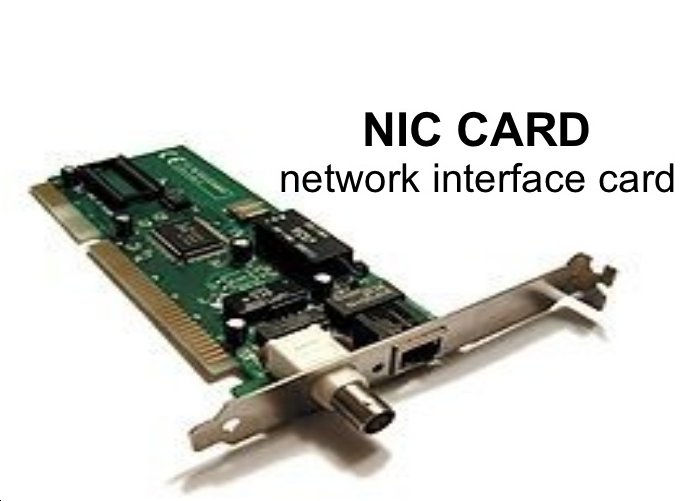- Related articles
- What is a converged network adapter?
- Color Code of Fiber Optic Cable
- Optical Transceivers for Cisco WS-C3560-24TS-S Switch
- All Cisco DWDM-X2-36.61's information (List price, Specs, Datasheet PDF, Compatibility mat
- Applicable to 100BASE-F Standard Optical Transceiver Models
- Optical Transceivers for Cisco SG200-50FP-EU Switch
- Optical Transceivers for Cisco SG250-26P-K9-UK Switch
- EoS and EoL Cisco 2960-S Series and 2960-SF Series Switches
- Installation of Pipe Fiber Optic Cable
- Optical Transceivers for Cisco IE-4000-4GS8GP4G-E Switch

Network interface card referred to as network card (NIC). It is an indispensable basic device in a computer network that provides physical connectivity for data communication between computers. Each computer must be installed once the network access network card. After many years of development, NIC has become mature. In view of so many types of NIC on the current market, and there are large differences in performance, so it is necessary to classify them in order to better understand the NIC.

What is network interface card?
A network interface card (NIC) is a circuit board or card that is installed in a computer so that it can be connected to a network. A network interface card provides the computer with a dedicated, full-time connection to a network.
Types of network interface card
Classified by bus interface
- ISA bus network card
- PCI bus network card
- PCI-X bus network card
- PCMCIA bus network card
- USB bus network interface card
ISA card and PCI card is the most common, but the PCI card tends to mainstream status. ISA network card bandwidth is generally 10Mbps, PCI bus network card bandwidth from 10Mbps to 1000Mbps.
Classified by network interface
- RJ-45 interface network card
- BNC interface network card
- AUI interface network card
- FDDI interface network card
- ATM interface network card
The common interfaces are Ethernet RJ-45 interface, thin coaxial cable BNC interface and thick coaxial AUI interface, FDDI interface, ATM interface and so on. And in order to apply to a wider range of applications, some cards providing two or more types of interface, some of them will also provide RJ-45, BNC interface or AUI interface simultaneously.
Classified by bandwidth
- 10Mbps network interface card
- 100Mbps network interface card
- 10Mbps/100Mbps network interface card
- 1000Mbps network interface card
With the development of network technology, network bandwidth is also increasing, but different bandwidth applied to different application, currently the main network card is 10Mbps network card, 100Mbps Ethernet card 10Mbps / 100Mbps adaptive network card, 1000Mbps Gigabit Ethernet card.
Classified by application fields
- Workstation's network interface card
- Server's network interface card
The network interface cards we mentioned above are basically workstation cards, in fact, usually they used in the general server. However, in large networks, the server usually uses a specialized network card. Relative to the workstation used by ordinary card, it has a better performance in bandwidth (usually 100Mbps, the mainstream server network card for the 64-bit Gigabit Ethernet), the number of interfaces, stability, error correction, etc. Some server NIC supports redundant backup, hot-plug and other server-specific functions.
Function of network interface card
NIC cards serve as conduits between a computer and a network (like Internet). They translate the data on the computer into a form that is transferrable via a network cable and control the data as it is sent to other devices on the network.
Summary
There are so many types of network interface card on the market, in addition to the types of network interface cards we mentioned above, there are also some non-mainstream types, such as wireless NIC which is very popular right now. Anyway, it is very important to know that how to identify and purchase network interface card, and we hope that this article will be helpful for you.





































































